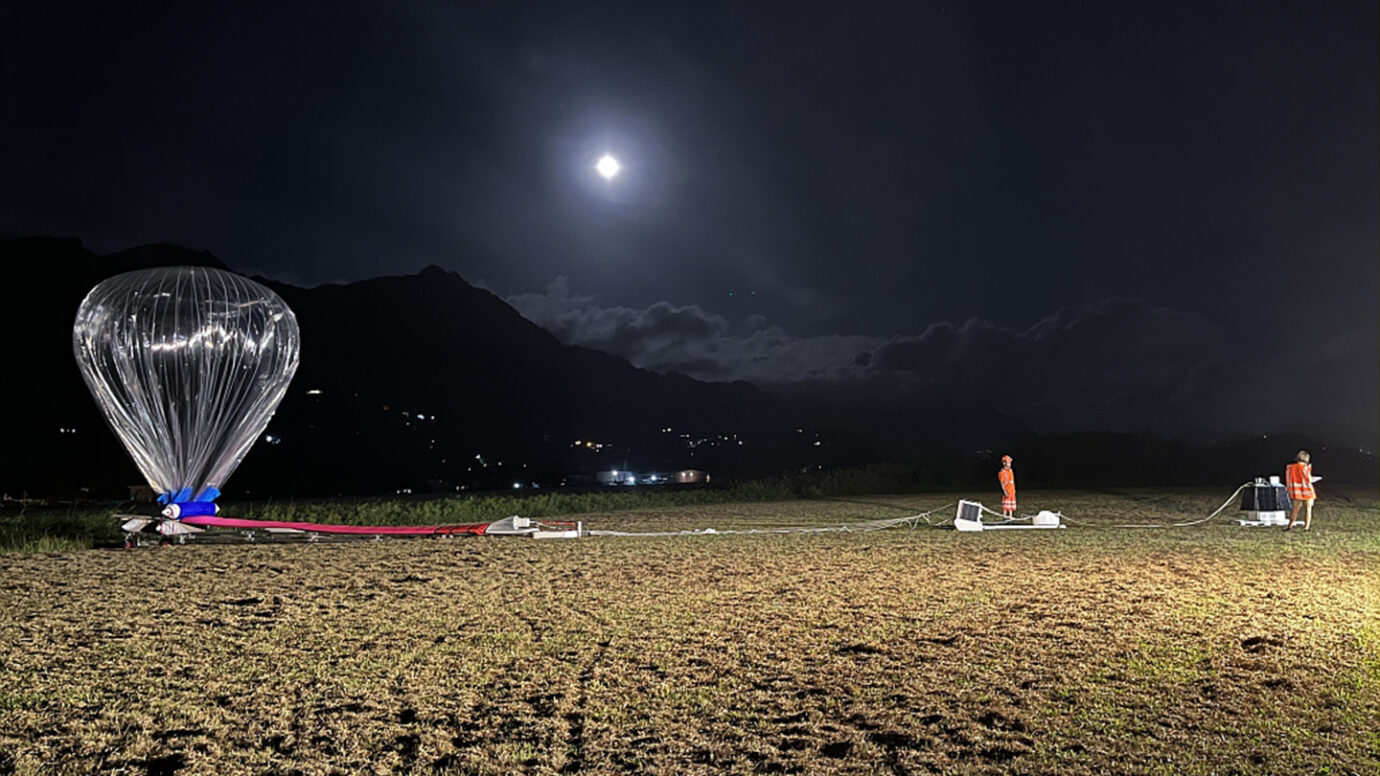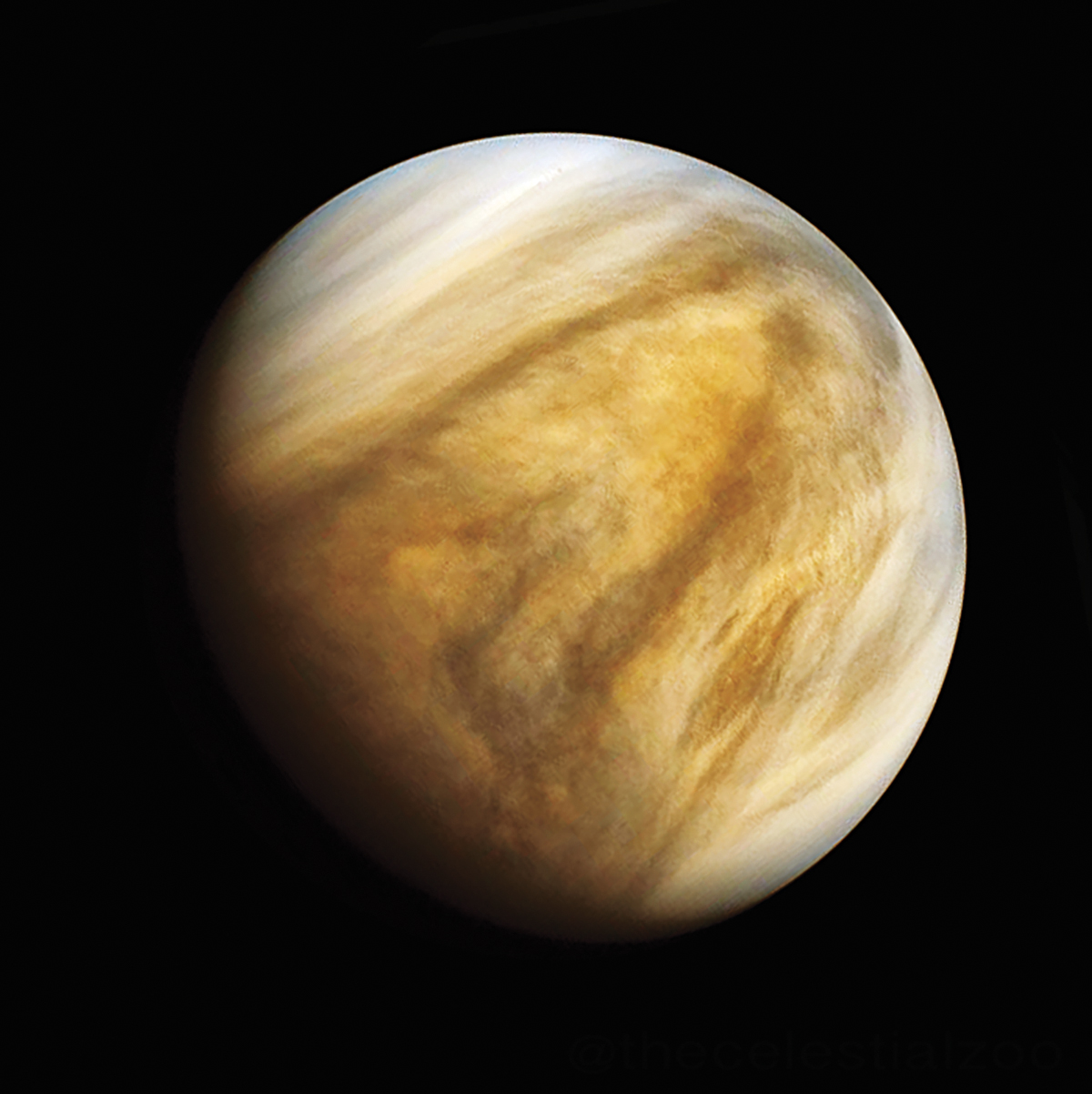In 2021, a balloon over the Pacific Ocean registered sudden sharp fluctuations in air pressure for 11 seconds – it was an echo of an earthquake at a distance of more than 2,800 kilometers. This scientific instrument was one of four located high above the Malay Archipelago. The Quartet became the first network of devices for monitoring earthquakes from the air, researchers report in Geophysical Research Letters.

The experiment turned out to be so successful that it can help scientists track earthquakes in remote areas of the Earth. Moreover, it opens up the possibility of studying the geology of other worlds, including our nearest neighbor – Venus.
Geological activity of Venus is a mystery for scientists
“Venus is the sister planet of the Earth, but it is an “evil” twin sister. We don’t know why these two planets are so different. Therefore, additional measurements are needed,” says David Mimoun, a planetary scientist at the University of Toulouse in France.
Earthquake analysis is one of the main ways through which scientists can learn about the internal structure of the planet. On worlds with a thin atmosphere, such as Mars or the Moon, this usually means sending a lander to the surface and measuring earthquakes directly on the surface. But to pull off such an operation on Venus is a bad idea. The planet’s dense atmosphere creates about the same pressure as in the deepest part of the Earth’s ocean, and the temperature of about 450 °C is high enough to melt lead. “It’s basically hell,” says Mimoun.

Soviet probes are the only ones that were able to descend to the surface of Venus. But the extreme pressure and heat destroyed them in a matter of hours. Therefore, the chances of measuring quakes in such a short period of time are small. Although radar images of Venus have shown a world dotted with volcanoes, scientists still don’t know for sure if Venus is geologically active.
Previously, scientists experimented with the idea of detecting earthquakes on Venus using orbiters. But earthquake detection balloons are better suited for such a mission, Mimoun says. Balloons can help confirm the hypothesis of the possible existence of life in the atmosphere of the planet. But first, David Mimoun and his colleagues had to prove that they could develop devices small enough to be carried on balloons, but sensitive enough to detect quakes.
Balloons for “hell”
In 2021, the team attached microbarometers to 16 balloons launched off the Seychelles Islands off the coast of East Africa. In December, four balloons, thousands of kilometers apart, recorded similar low-frequency sound waves. The researchers were able to use changes in air pressure to pinpoint the epicenter of the earthquake and calculate its magnitude. Changes in atmospheric pressure resembled the Earth’s indicators of a magnitude 7.3 earthquake off the Indonesian island of Flores.
“This is a huge step forward in demonstrating the benefits of this technology,” says Paul Byrne, a planetary scientist at Washington University in St. Louis.
At least two NASA missions to Venus are planned by the end of this decade. Mimoun hopes that the team will have time to develop balloons for detecting earthquakes on the planet for one of the next missions. The planetary scientist also stressed that the data obtained can help researchers understand why Earth and Venus — the same size — went different ways.
According to Science News
Follow us on Twitter to get the most interesting space news in time
https://twitter.com/ust_magazine
